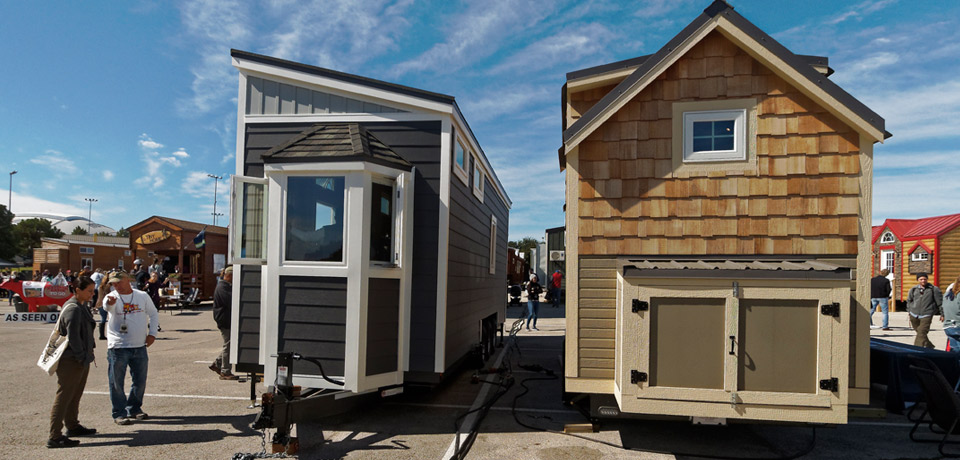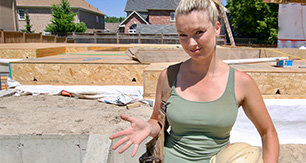A micro cabin, or tiny house, is often defined as a structure that is between 80 and 400 square feet. These miniature buildings were first seen in the 1980s, inspired by American poet and author Henry David Thoreau, who wrote about his experience of living in a 150-square-foot home in the woods for two years – all the way back in 1845. Since their re-emergence over three decades ago, micro cabins have been on the rise in popularity, with HGTV programs and a variety of home improvement magazines and blogs touting their benefits.
Contractors are starting to see an increased demand from their clients for these types of structures. Whether they serve as a compact cabin by the lake or an efficient and minimalistic way of life that counters a big home in the city, micro cabins are becoming a more common part of the residential construction landscape.

When considering building a micro cabin for your clients, remember that these structures come with a different set of building codes. Prior to meeting with your client, do some research on the rules and regulations that apply to micro cabins in your area. Next, begin planning with your client. Decide where the build site will be and whether the home will be trailer-mounted or a permanent foundation. If your client will be moving frequently, a trailer is the logical choice, but this will limit the size and weight of the structure. Once you have established the base, go through your client’s must-haves. Sometimes people can get carried away with the project – remind them that when downsizing they must be realistic about the scope of the project.
Depending on the design and complexity of the micro cabin, it generally takes four to six weeks to build. And remember to factor in last-minute changes from clients. As for materials, many builders are choosing to use recycled or upcycled materials to further reduce the environmental footprint. Talk with homeowners about areas of the home where repurposed materials can be used, such as cabinets or flooring.
The next hurdle is how to keep a micro cabin warm in the Canadian winters. Most experts advise to start with spray insulation in two-by-four framing. From there, add an extra inch of foam insulation to the exterior. On top of a good layer of insulation, suggest that clients install triple-pane windows and in-floor heating to keep the home extra warm.
While micro cabins might be smaller, the project is just as big! Just like any home, planning is key, but tiny homes require added thought into things like layout and heating requirements. If you are unsure where to start, check out other micro home building plans for inspiration.








